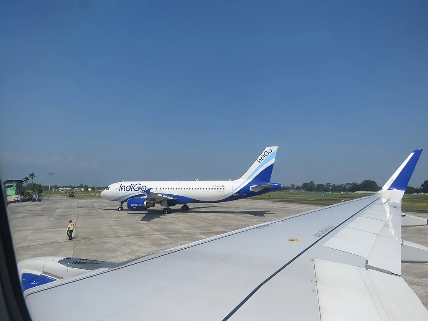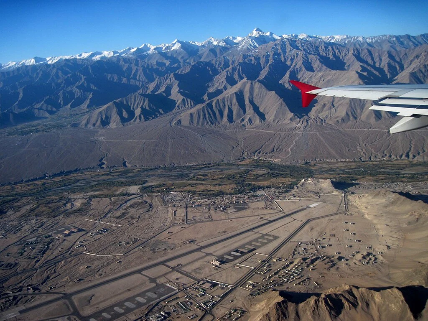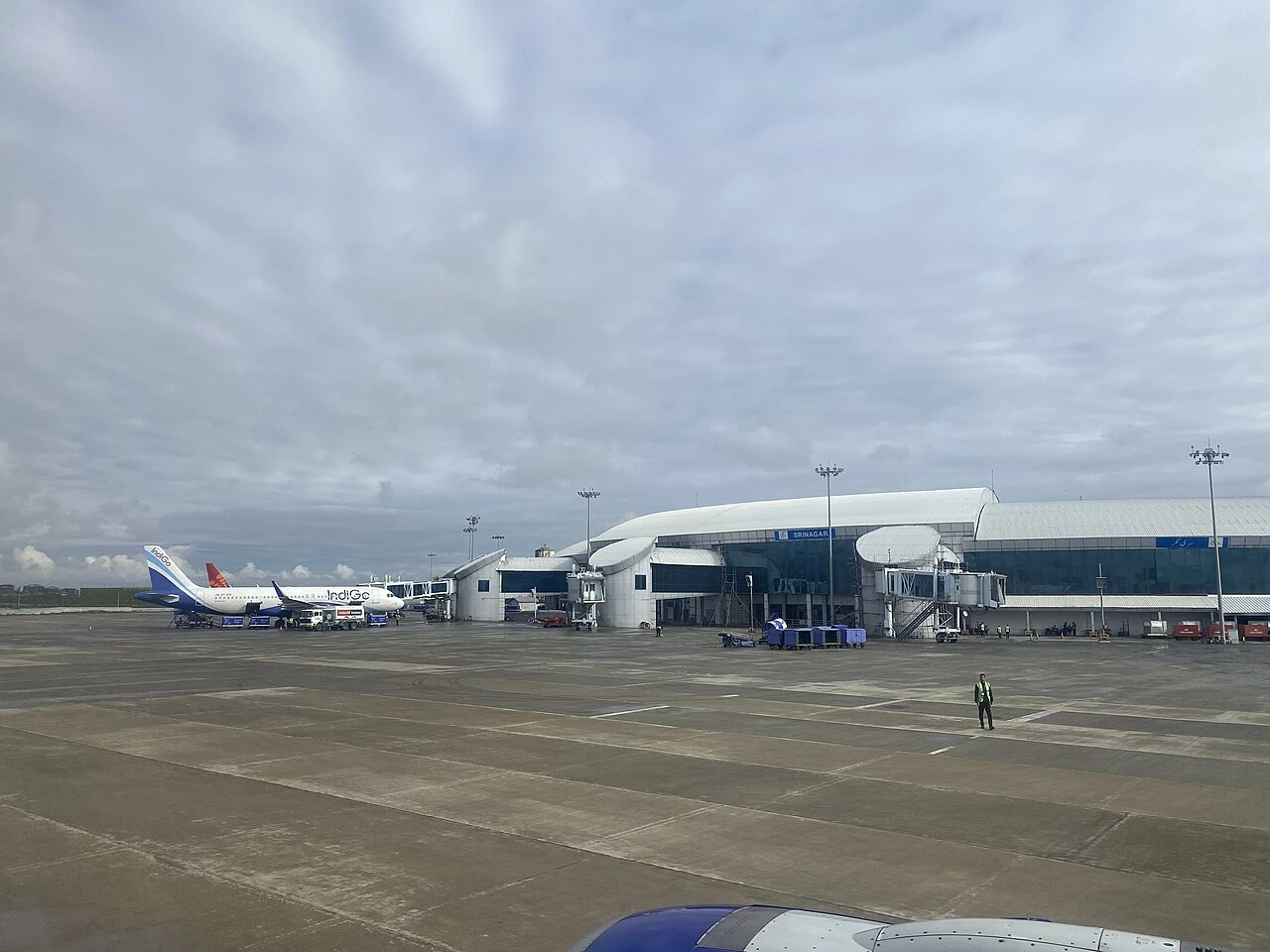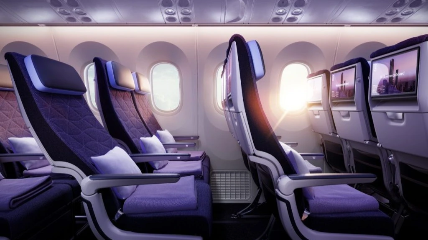 The Directorate General of Civil Aviation (DGCA) has issued a directive requiring all commercial airlines, charter services, and private jet operators to ensure that passenger window shades remain closed during takeoff and landing at defence airports, particularly those near India’s western border.
The Directorate General of Civil Aviation (DGCA) has issued a directive requiring all commercial airlines, charter services, and private jet operators to ensure that passenger window shades remain closed during takeoff and landing at defence airports, particularly those near India’s western border.
The directive, effective immediately, mandates that window shades be kept closed until the aircraft reaches an altitude of 10,000 feet during ascent and after descending below that threshold during approach. Exceptions are made only for emergency exit rows.
 This measure aims to enhance operational safety and prevent the unintentional sharing of security-sensitive information by passengers or crew. The DGCA emphasized strict compliance with this regulation and warned that any violations will result in legal consequences.
This measure aims to enhance operational safety and prevent the unintentional sharing of security-sensitive information by passengers or crew. The DGCA emphasized strict compliance with this regulation and warned that any violations will result in legal consequences.
 The order also extends to photography and videography restrictions, reminding passengers that such activities are strictly prohibited at military bases. Airlines are responsible for ensuring passenger compliance with these security measures.
The order also extends to photography and videography restrictions, reminding passengers that such activities are strictly prohibited at military bases. Airlines are responsible for ensuring passenger compliance with these security measures.
 Several commercial pilots have expressed concerns about the safety implications of mandatory window shade closure, noting that open windows during takeoff and landing serve critical safety functions, including visual monitoring of the external environment.
Several commercial pilots have expressed concerns about the safety implications of mandatory window shade closure, noting that open windows during takeoff and landing serve critical safety functions, including visual monitoring of the external environment.
In response to these concerns, a senior DGCA official clarified that emergency exit windows will remain accessible for safety purposes and announced plans to review the directive within one week of its implementation.
 This directive follows recent security concerns, including Pakistani drone and missile attacks in the aftermath of Operation Sindoor, which led to the temporary closure of 32 airports in north, central, and western India.
This directive follows recent security concerns, including Pakistani drone and missile attacks in the aftermath of Operation Sindoor, which led to the temporary closure of 32 airports in north, central, and western India.
The DGCA’s directive aligns with efforts to enhance security protocols at defence airfields and reflects the evolving security landscape in the region.

